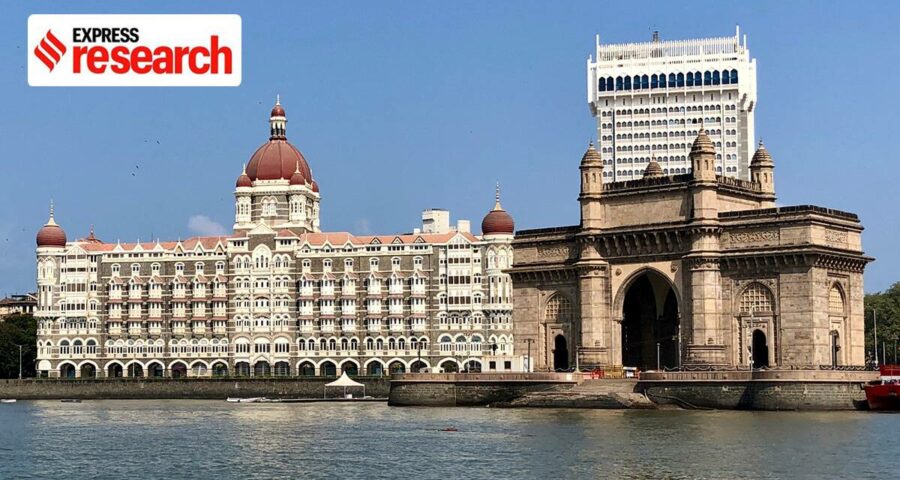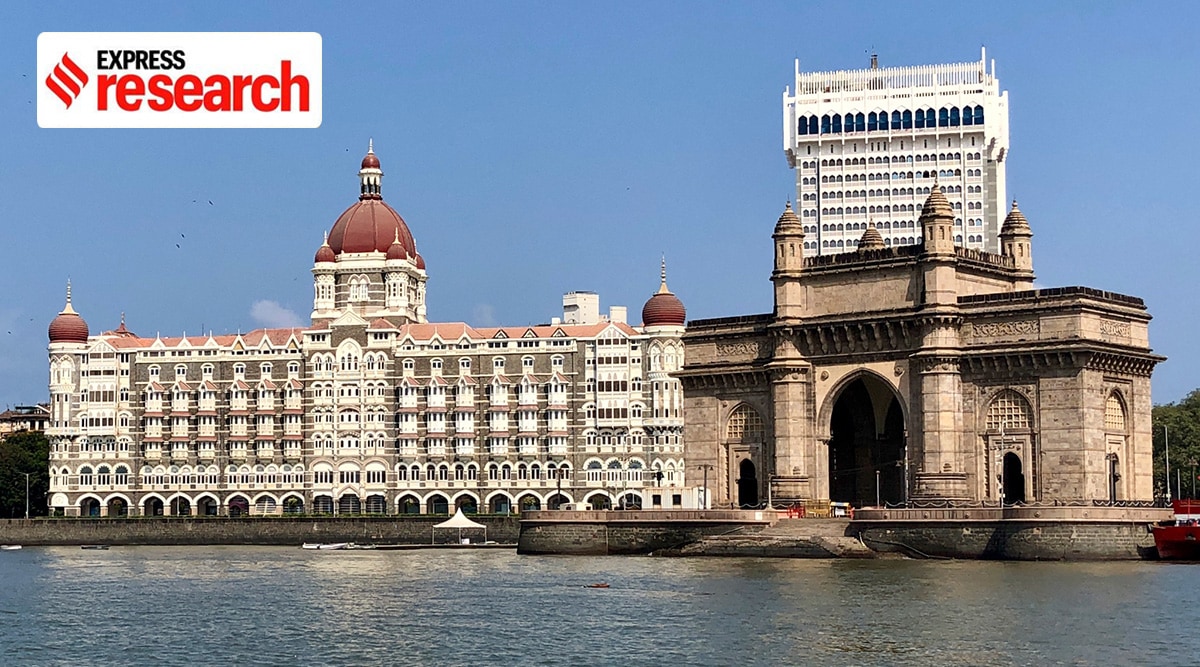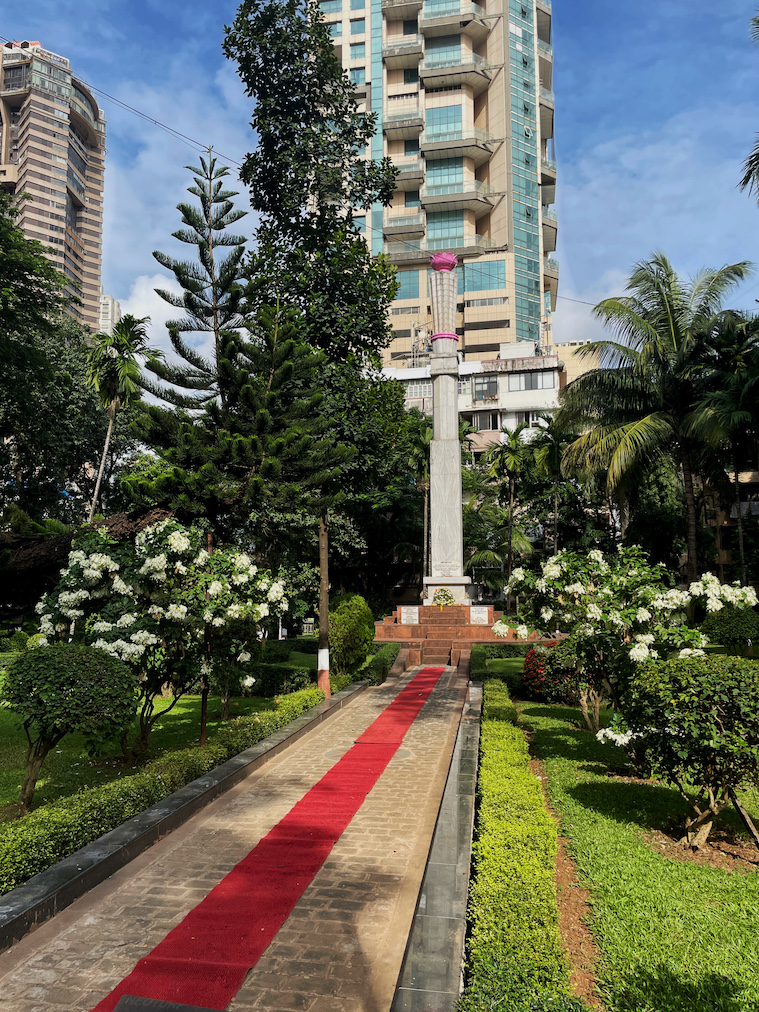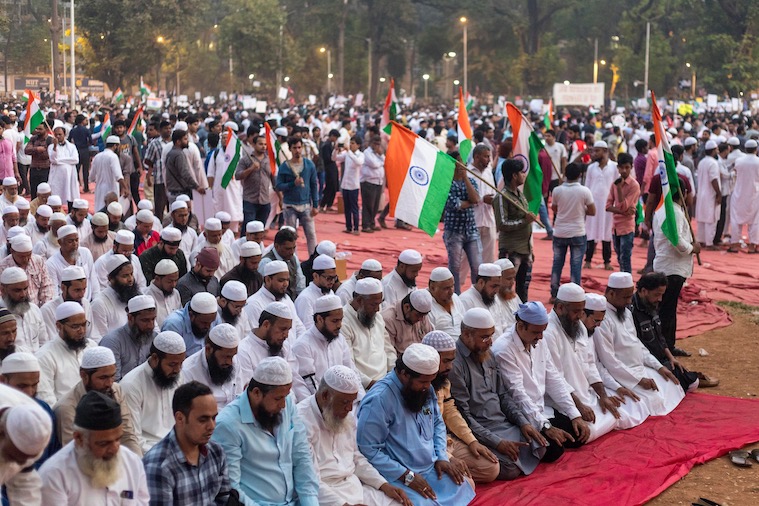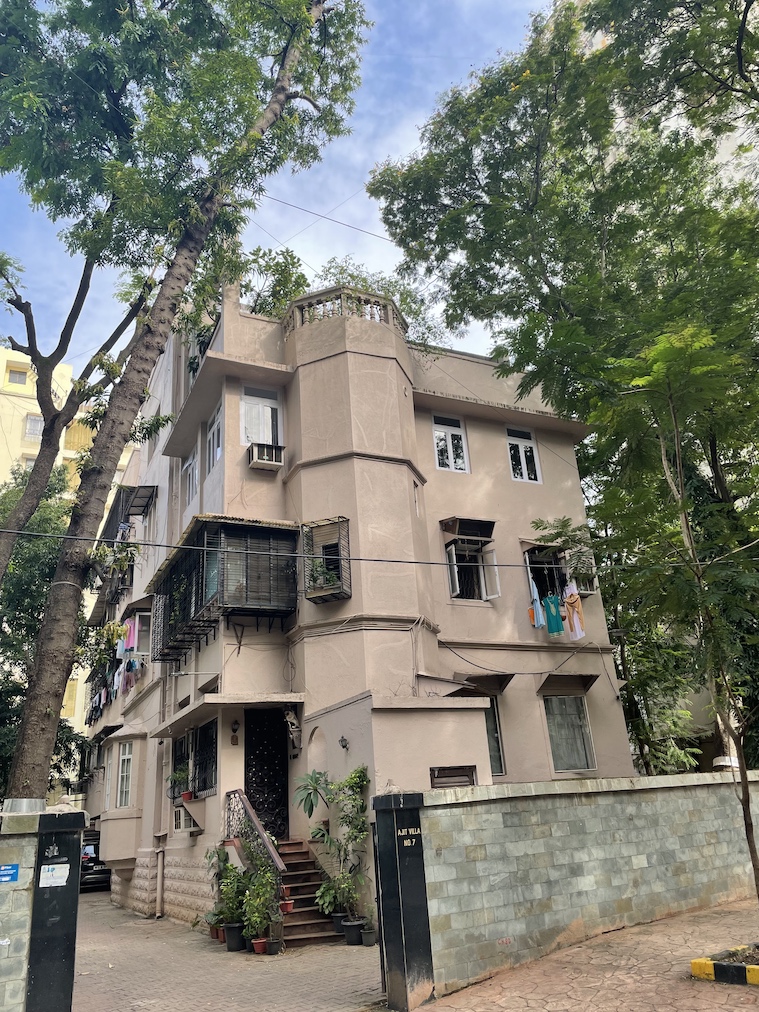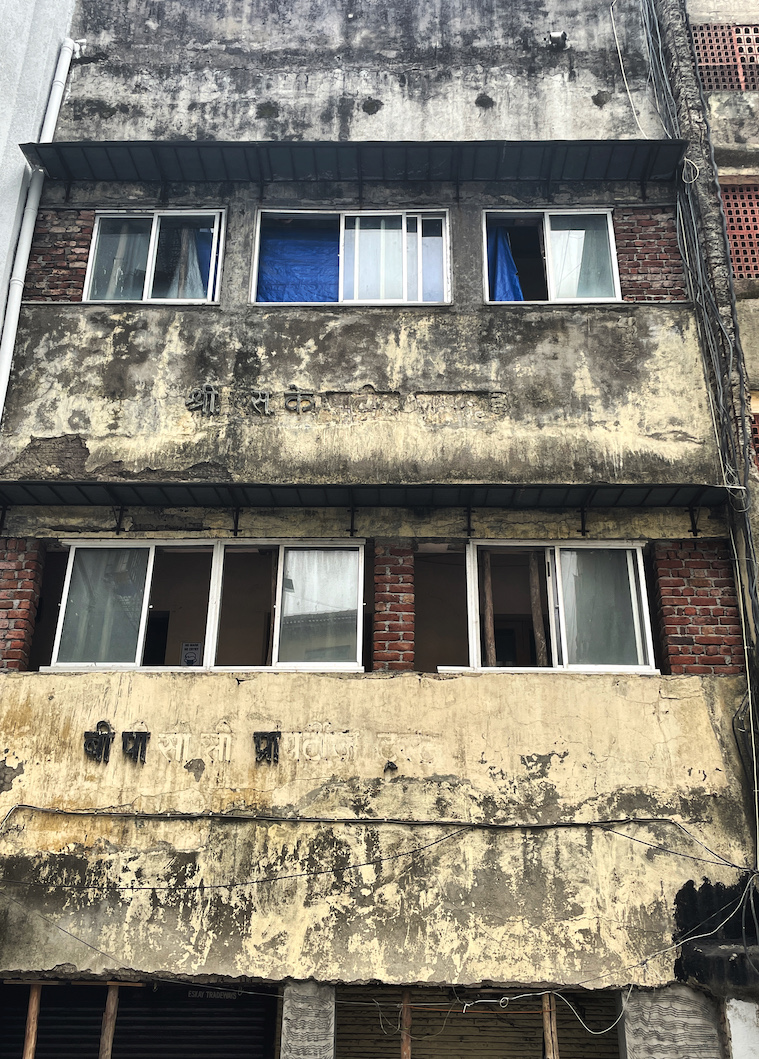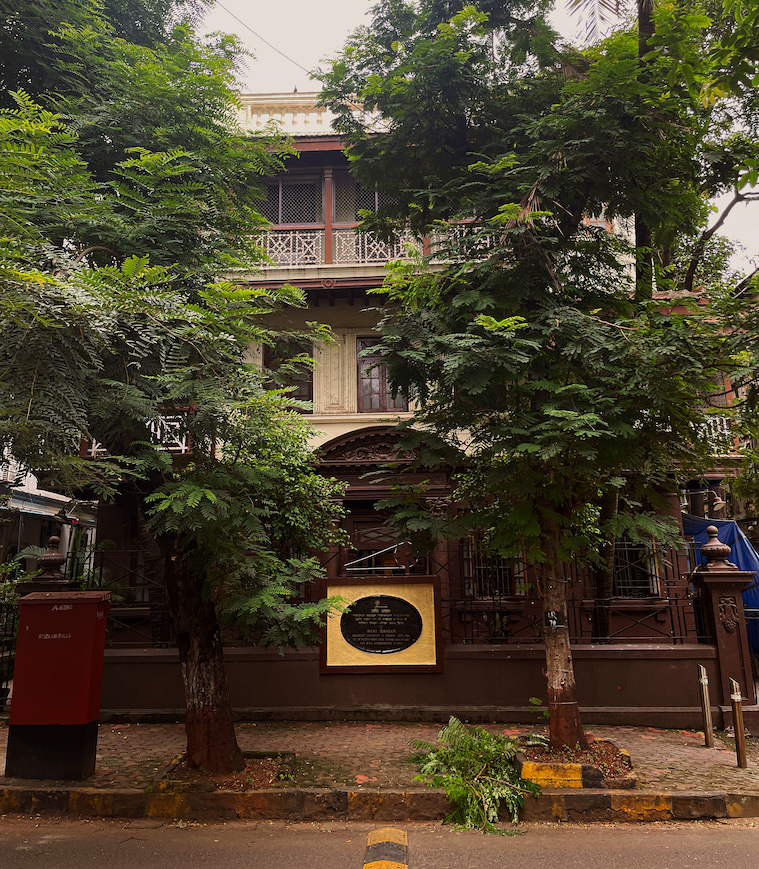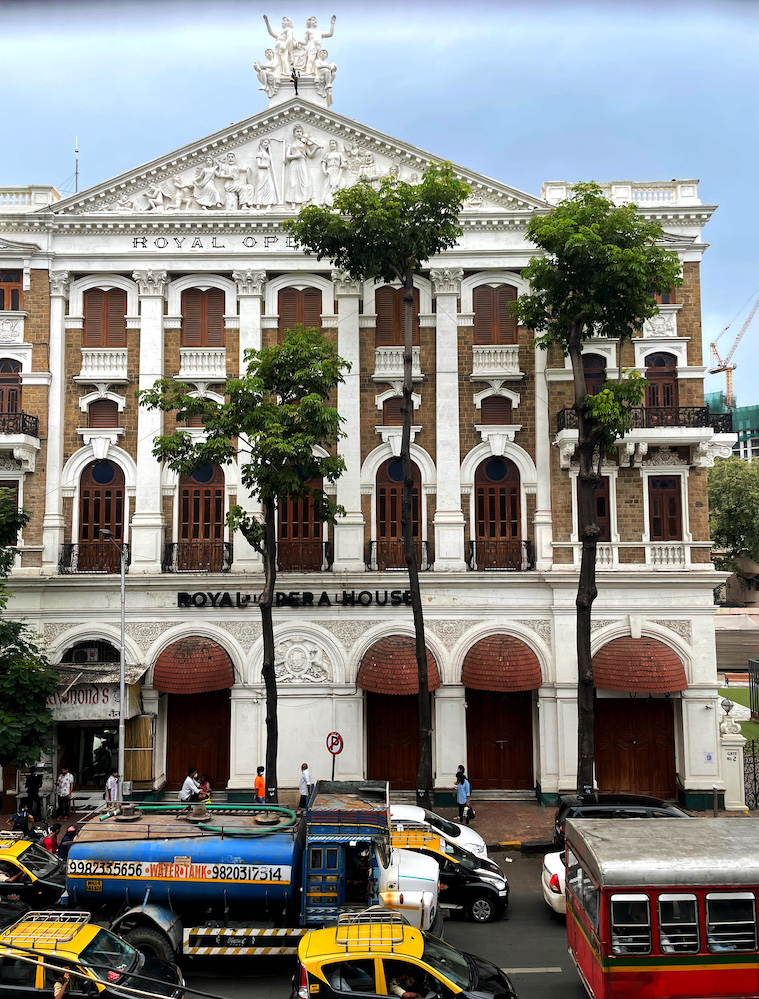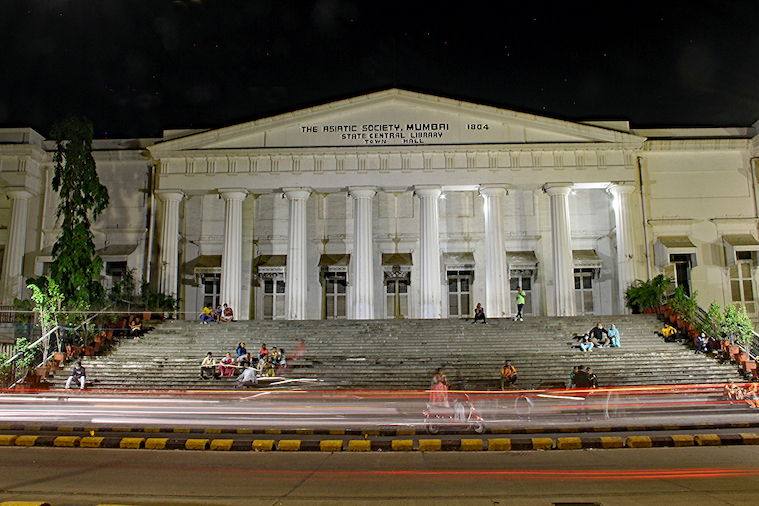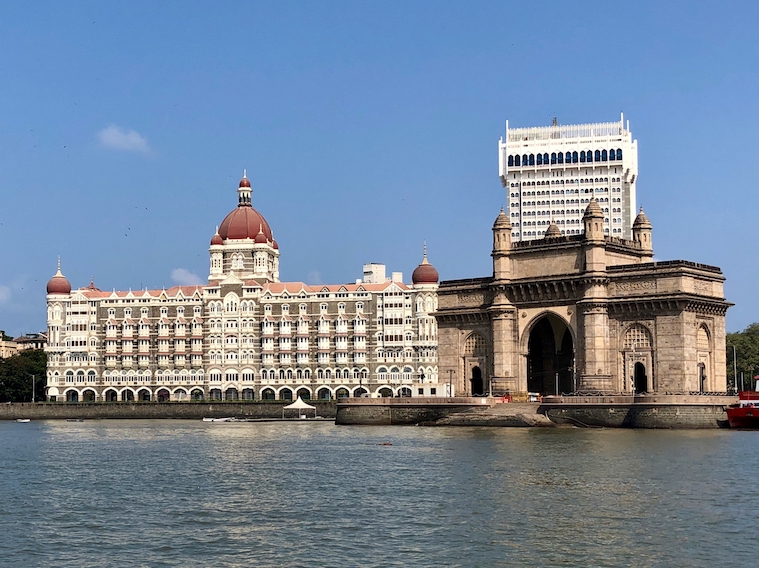Home to the Quit India and Non-Cooperation Movements along with the Indian National Congress, Mumbai hosts several important monuments that helped end colonial rule in India
In his magnum opus Shantaram, Gregory David Roberts describes his life in Bombay after he fled to the city in the 1980s as an escaped convict from Australia. In his words, “Bombay isn’t India. Bombay is an own-world. A world in itself. The real India is out there.”
Roberts’ portrayal of Bombay is a nuanced one in which his love and disdain for the city are juxtaposed starkly against each other. His relationship with the city is contradictory, much like Bombay is itself. That contradiction is best exemplified by its role in the Indian Independence movement.
Bombay was the intellectual capital of the resistance but at the same time, also a city whose inhabitants seemed to have more in common with the colonisers than the colonised. It served as a home to Mahatma Gandhi but was also the antithesis to the simple village life he craved. It hosted protests and political demonstrations against foreign rule but did so from the grand old buildings constructed by the British themselves. These contradictions made Bombay the unique, chaotic and complicated city that it remains today. However, contrary to Roberts’ characterisation, Bombay’s unique cultural makeup didn’t isolate it from the rest of the country, but instead positioned it as a microcosm of India’s diversity. Bombay imbued nationalism in every sense of the word, and one only needs to walk through its streets to understand its significance to the Independence Movement and the strong connection to the values upon which independent India was built.
August Kranti Maidan
Although there had been considerable opposition to colonial rule across the country, it was in Bombay that the first pan-national political movement against British imperialism took root. On December 28, 1885, around 72 Indians from all around the country gathered at Gokuldas Tejpal Sanskrit College, next to August Kranti Maidan in Tardeo to form the Indian National Congress (INC). Like most of the other locations connected closely with the national movement in ‘the city of dreams’, August Kranti Marg is in South Bombay, far away from the industrial hub of the Bandra Kurla Complex and the sprawling suburbs that have emerged further north. The origins of the INC can be traced back to a speech made by British politician Thomas Babington Macaulay in 1835 on why the British government and East India Company should spend money on English language education in India. In his treatise, A Minute on Education, Macaulay asserted that “we must at present do our best to form a class who may be interpreters between us and the millions whom we govern, a class of persons Indian in blood and colour, but English in tastes, in opinions, in morals and in intellect.” Subsequently, the men that came together to form the INC were primarily educated in Britain and represented a group of professionals that occupied the upper echelons of law, journalism, and industry across the country.
In the first 30 years of its existence, the INC campaigned for more representation of Indians in the legislative bodies, greater Press freedoms, economic equality and the preservation of basic dignity for all citizens. Although primarily considered to be an elite organisation before the arrival of Mahatma Gandhi, the INC was still extremely influential in terms of consolidating Indian opposition to the British. The educated class of Indians that Macauley championed ended up being the first nail in the coffin of colonial India.
Following the outbreak of the Second World War, and the perceived hypocrisy of the allied fight against fascism, on August 8, 1942, the All-India Congress Committee met in Bombay to ratify the Quit India resolution. They announced their decision from August Kranti Maidan, the same site from which the INC was originally launched. The next day, the British targeted several prominent Congress leaders including Gandhi, who was arrested from his residence at Mani Bhavan. The INC was subsequently declared as an unlawful association and public demonstrations were banned across the country. In response, protests erupted in every part of India culminating in the arrest of over 100,000 Indians by British forces. The Quit India movement united Indians against the British and by the end of the War, demands for independence could no longer go unanswered.
August Kranti Maidan is primarily used as a public park and cricket ground today but on rare occasions, it still serves as a conduit for Indian democracy. In 2019, approximately 20,000 people gathered at the grounds to protest the Citizenship Amendment Act. Protesters, a large number of whom were students from Mumbai’s Jai Hind and HR Colleges, carried signs and placards bearing Gandhi’s image as they peacefully occupied the area.
Congress House
In a compound near August Kranti Maidan, on the corner of Nana Chowk, lies the remnants of the old Congress House. Now unfortunately decrepit and largely residential, the Congress House compound was where ordinary Indians once gathered to air their grievances against British rule. Several protests and demonstrations were launched from Congress House including a series of salt marches against British economic policies. Similar protests against such policies formed the basis of the Non-Cooperation and Quit India movements.
Also located in the compound was a hall built in tribute to Muhammad Ali Jinnah. Jinnah, along with Lokmanya Tilak, had actively opposed the plans of Bombay’s Governor Lord Willingdon to enlist Indian support for World War I. As Willingdon approached the end of his term, conversations arose of building him a memorial. Jinnah in turn led a protest against any such tribute to the governor, eventually taking the matter to court. In appreciation of his leadership, 65,000 people each donated Re 1 to build Jinnah a memorial instead. Today, Jinnah’s memorial has been removed although the hall still remains.
Mani Bhavan
Early efforts towards independence were largely considered a cosmopolitan affair in Bombay. That changed in 1915, with the arrival of Gandhi from South Africa. Choosing to stay in Bombay instead of Delhi or Calcutta, Gandhi recognised that an organised movement required money and expertise, two things possessed in abundance by the capitalists of the city. Gandhi convinced people from all backgrounds to participate in the movement and by the mid-1920s, he had enlisted mill owners, textile workers, and common laborers to demonstrate against British rule.
Gandhi resided at Mani Bhavan during his time in Bombay and today, the old mansion serves as a museum in his honour. Located within walking distance of Congress House and August Kranti Marg, Mani Bhavan is nestled within a quiet side-street, hidden from the view of the public, many of whom have probably passed it countless times without ever realising its historical significance. The first nationwide Satyagraha Movement against the Rowlatt Act was launched from Mani Bhavan as was the call to boycott foreign cloth. Gandhi also published an unregistered newsletter, Satyagrahi, from Mani Bhavan, despite press laws mandating registration of all public communications.
All India Khilafat Committee
Gandhi understood that the strength of the national movement was contingent on its approach to inclusivity. Therefore, in contradiction with some other prominent Congress leaders of the time, he made the decision to embrace the Khilafat Committee. Started by Shaukat Ali and Mohammad Ali Jauhar, know as the Ali brothers, the Khilafat Committee was created to defend Islam’s holy sites of Mecca and Medina following the collapse of the Ottoman Empire. After the Jallianwala Bagh massacre, in 1920, Gandhi launched the Non-Cooperation movement from Khilafat House in Byculla, the home of the Khilafat Committee. Overnight, Indians across the country refused to cooperate with the British, with lawyers boycotting the courts, representatives resigning from the legislatures and ordinary citizens refusing to pay taxes. The movement was not only effective in undermining British rule but also in signifying Hindu-Muslim unity.
Unfortunately, both the Khilafat and the Non-Cooperation movement ended abruptly. The former when Mustafa Ataturk declared Turkey as a secular state and the latter after the Chauri Chaura incident signified the movement’s deviation from the principles of non-violence. After the end of the Khilafat movement in the early 1920s, the building hosted the Urdu newspaper Khilafat and later it served as a space for meetings and discussions on advocacy of pluralism. Today, the Khilafat building houses a college, and on occasion, as it was on the day this photo was taken, a vaccination center as well. In line with its origins however, the Khilafat building still marks the start of the annual Id-e-Milad procession, a march first conducted by Gandhi in a show of Hindu-Muslim unity.
The interwar years: Royal Opera House, Asiatic Library and Town Hall and Cowasji Jehangir Public Hall
Despite the eventual discontinuation of the two movements, they served their purpose in sowing the seeds of resistance across Bombay. In the inter-war years, several public spaces across the city were used for demonstrations against colonial rule. One such space was the Royal Opera House, located on Charni Road. The Opera House exemplified Bombay’s tradition of protest through theatre during the Independence Movement.
Once a magnificent symbol of Bombay’s cultural significance, the Opera House fell into a state of decline following the downturn of single-theatre cinemas in the 1980s. In 2008, the building was renovated by the Maharashtra Government. In a nod to Bombay’s enduring diversity (and contradictory identity,) in 2016 the Opera House opened its doors for the first time in 23 years, hosting a performance by Bombay-born British soprano Patricia Rozario and her husband, the pianist, Mark Troop. Prior to the pandemic, the Opera House had begun reclaiming its mantle as the city’s premier destination for plays and other cultural activities.
In 1921, the Majestic theatre in Bombay aired a screening of Bhakta Vidur, a film made in response to the Rowlatt Act in which the titular character was based on Gandhi. Bhakta Vidur was the first Indian film to be banned for undermining the government, although several others were later censored as well. In spite of these restrictions, Gandhi and other members of the INC continued to use the theatre halls to address current issues and interact with the different communities of the city. They became important spaces for discussion, organisation and information and were frequented both by the elite and the common classes.
Another significant site in Bombay was the Asiatic Town Hall and Library, located off Horniman’s Circle in Fort. In 1858, the then Governor of Bombay, Lord Elphinstone read the Queen’s Proclamation from the famed steps of the library, announcing to the people that they would henceforth be considered citizens of the British Empire. At the time, the building was the centre of all activity in Bombay due to its proximity to the Bombay Green, a busy and diverse trading ground at the heart of the city’s commercial district. Elphinstone’s speech could not have been delivered from a more significant part of the city and one can only imagine the crowds of traders – a mix of Parsis, Muslims and Hindus – that gathered around the building to listen to his indictment on India’s fate. During the interwar years, the Asiatic Society hosted several prominent members of the INC, who, like Elphinstone before them, used the building’s iconic steps as a pulpit for resistance against the British. Its significance was such that after Gandhi’s death, his ashes were laid in the Asiatic Town Hall and Library for the people to pay their respects. Funded by the Indian Government, the building today plays host to a library with over 100,000 books, of which, 15,000 are classified as being rare and valuable.
Another public building, the Cowasji Jehangir Public Hall, now the National Gallery of Art, was also a prominent site for political speeches and meetings. Currently, it hosts several cultural exhibitions annually. In 1954, when the building was inaugurated as an art gallery, it is said that art lovers from across the city flocked to its doors, including Jawahar Lal Nehru himself, then the Prime Minister of India.
Gateway of India
Few spots in Mumbai are as recognisable as the Gateway of India. Originally built to welcome King George V to India in 1911, at the time of his arrival, the arch had not yet been completed so the monarch was greeted by a cardboard structure instead. For decades of colonial rule, the Gateway loomed between the city and the Arabian sea, marking not just the boundaries of Bombay but also serving as a reminder of who ruled over its citizens. Today, the Gateway faces the iconic Taj Hotel and is a popular meeting spot for tourists, vendors and residents looking to escape from the city to their vacation homes in Alibaug via boat. Like August Kranti Marg, the Gateway has recently become a site for citizens to gather and make their voices heard. After the 26/11 attacks, in which the Taj and Gateway were both targeted, a solidarity march was held within its premises. Protests were organised there in response to the 2019 Pulwama attack and later, the attacks on JNU University in Delhi.
In 1947, India gained independence from the British but the last of the colonial forces only left the country a year later. Fittingly, they did so from the Gateway of India, a monument originally designed to symbolise British dominance over the country. As the last troops set sail, both Indian and British forces sang their respective national anthems, God Save the Queen for Britain and Jana Gana Mana for the newly independent India.
Source: Read Full Article
